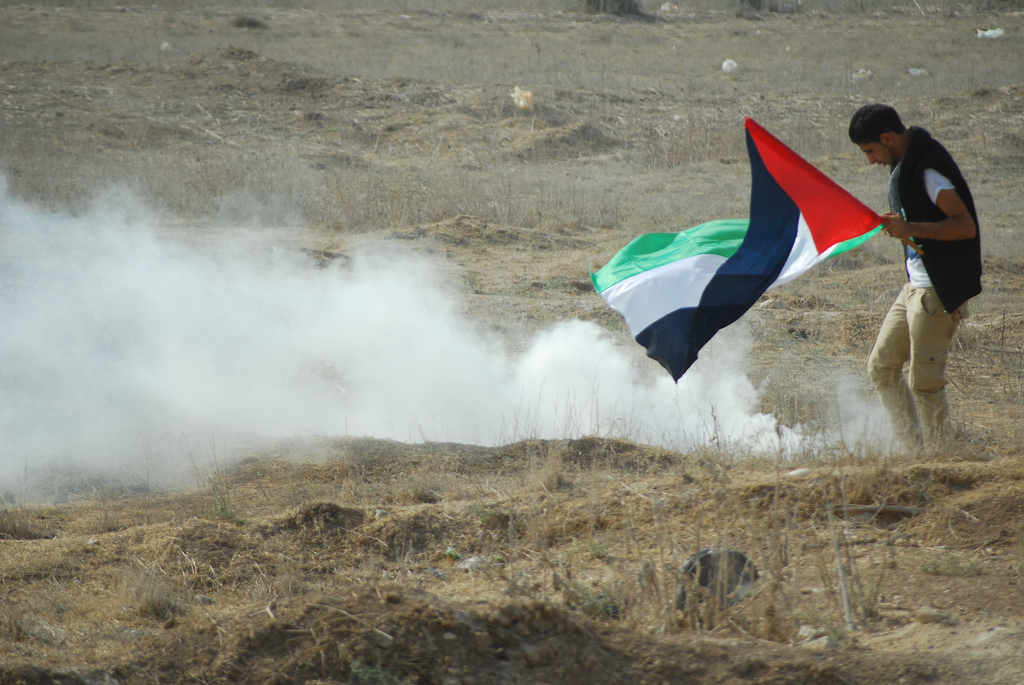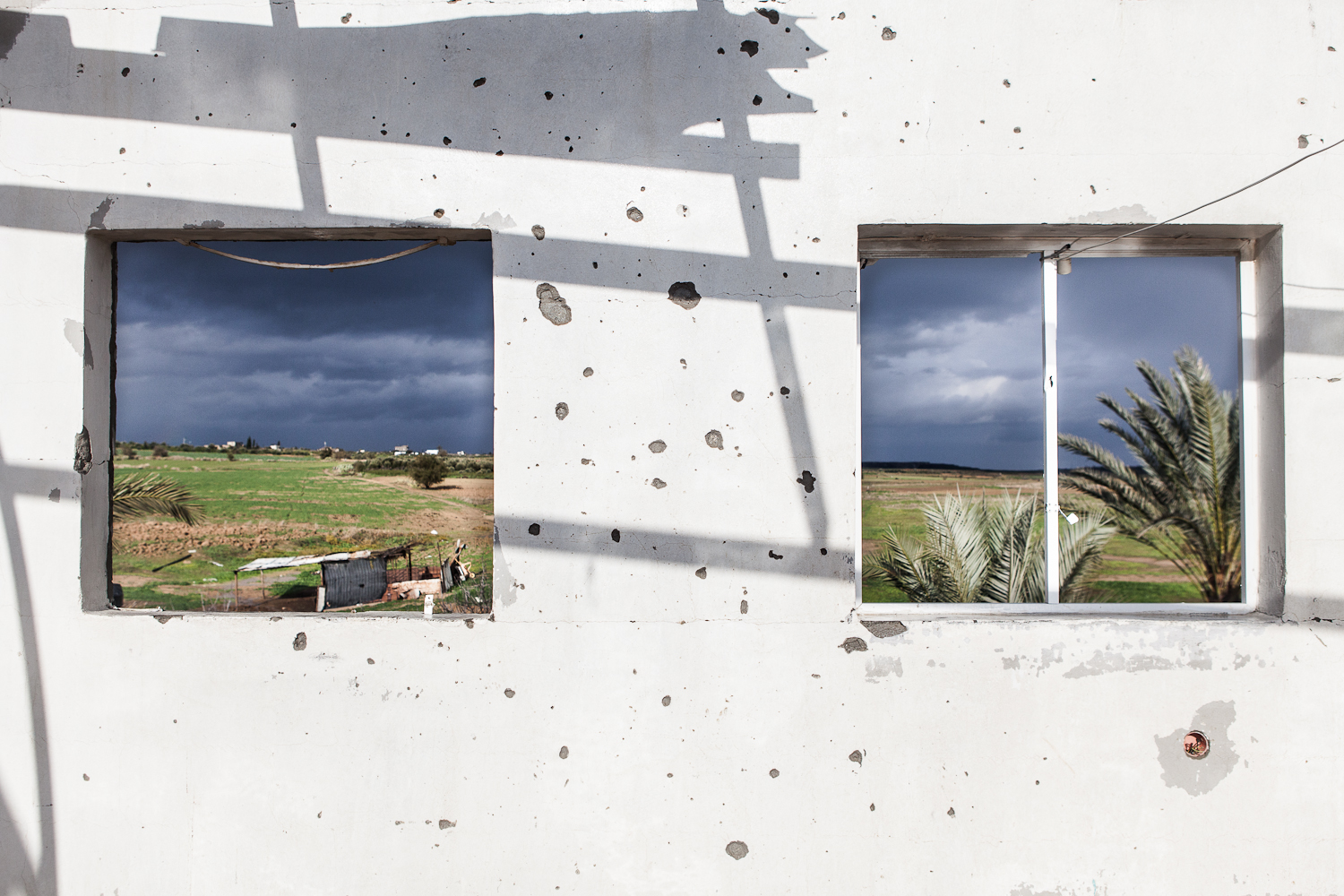Tag: Buffer Zone
-
Photos: Gaza march on eve of Balfour anniversary met with Israeli tear gas
2nd November 2013 | International Solidarity Movement, Gaza Team | Gaza, Occupied Palestine Israeli forces fired tear gas to disperse a march in the “buffer zone” east of Gaza City, by the Nahal Oz checkpoint, on Friday afternoon. The demonstration, which began at Shujaya square in the city after Friday prayers, was organized by the…
-
In Gaza, hundreds of miles from the battlefield
28th October 2013 | International Solidarity Movement, Charlie Andreasson | Gaza, Occupied Palestine Drones fly over rooftops at night, awakening peoples’ memories. They may only patrol, or carry deadly cargo with them. F-16 planes draws streaks across the sky. Here on the ground, no one knows what order the pilot has for the day. Tanks raid…



